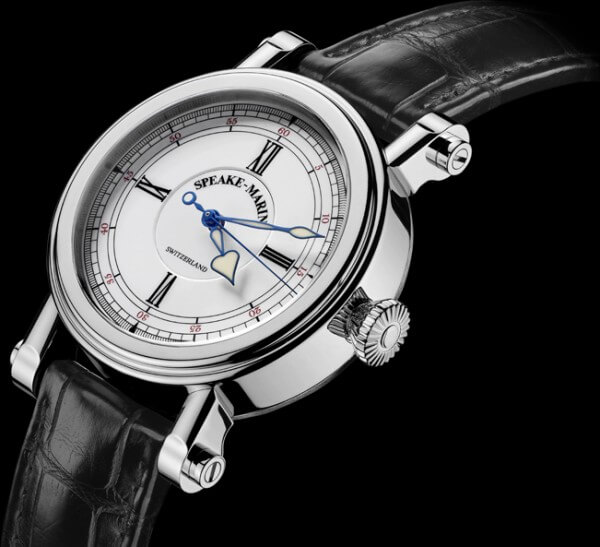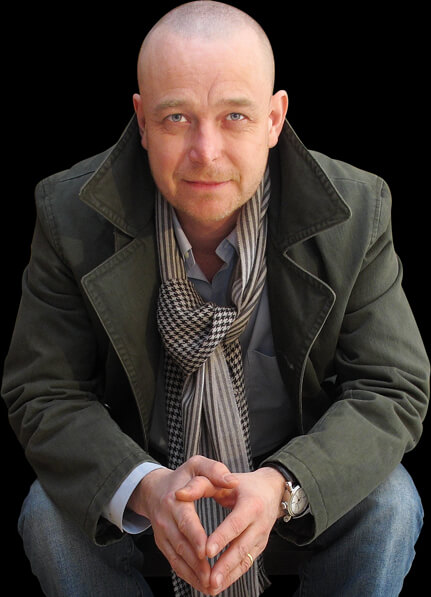“The construction, the movement parts, everything is mine,” says Peter Speake-Marin. “From the winding system to the mainspring, absolutely nothing is standard. This is a unique and original calibre, a million miles from high-volume, commercial movements. Its large size is a reference to marine chronometers and the entire calibre is designed for maximum longevity and precision. It can also incorporate any complication. Despite everything I’ve done so far, I really felt I was building from the ground up, but at least this meant I could do exactly what I wanted to do. In the past I’ve worked for others. This time I’ve worked for myself.”
A "simple" movement with 211 parts
Until now, this English watchmaker, based in Switzerland since 1996, equipped his timepieces with existing calibres that were modified to his specifications. Nothing of the sort with the SM2, the first movement to have been entirely designed and made by his hands, and which powers the Marin 1. “I’ve been wanting to make my own movement for a long time, but was held back by a lack of time and resources. Then in 2007 I decided to take the plunge. Developing a movement like the SM2 is a colossal undertaking, particularly for an independent watchmaker. I anticipated it would take two years to develop. In the end it took three.”
Peter Speake-Marin thus presents an hours, minutes and seconds movement, after a pre-series of twenty with a perpetual calendar. “A customer asked me for a watch with just hours and minutes that would let the dial express itself. The Marin 1 came naturally. I feel its design conveys the elegance and simplicity already present in my previous work, but from a more contemporary angle.” The simplicity of the functions belies the complexity of the movement’s construction with its 211 parts, more than most tourbillons.

A five-year schedule
The Marin 1 with bi-directional automatic winding, beating at 21,600 vibrations/hour to deliver a 72-hour power reserve, is the first in what should be a series of five. Says Peter Speake-Marin, “The next five years are all mapped out on the basis of the SM2. The Marin 2 will also have a simple movement, following which I’ll explore the different complications. I’m currently working on three projects at once. They will see the light of day according to how each one progresses. The Marin 3, for example, is already at the prototype stage. The next step will be to validate its functions before launching a pre-series. Note that none of these models will be limited editions. The only limits are those of production capacity. To go back to the Marin 1, the first will be delivered in four weeks’ time and I expect to produce around a hundred over the next twelve months. It should take me around ten years to produce all five Marin models, which fits perfectly with my wish to focus on my own ideas from now on.”
Needless to say, particular care has gone into the hand-finishing of this first piece. “An advantage of a simple movement is that the finish stands out much more than on the complications for which this type of decoration is usually reserved. The bridges, for example, are crafted in circular-brushed German silver. This metal is harder to work than the conventional plated brass, but is more rigid. It will also take on a patina as the years pass that brings out the polished steel surfaces and large jewels. From the size of the movement to the materials used, from the finish to the exterior parts, everything contributes to a purity of style. A simple but unique style!”














